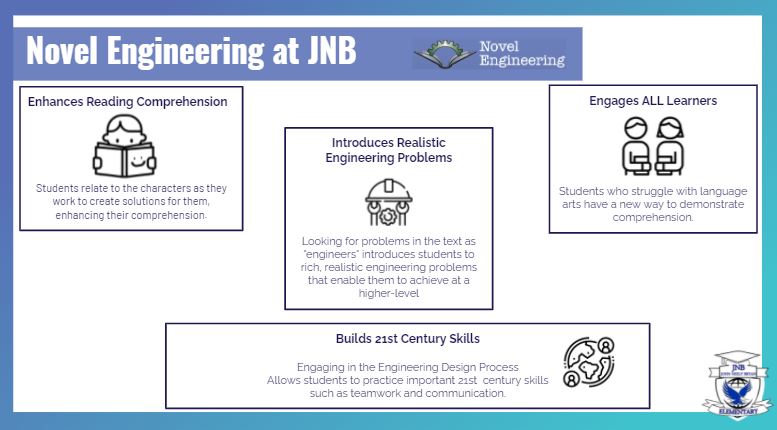 Stephanie Amaya, 2019 PIC Cohort Alumna and former principal at John Neely Bryan Elementary in South Oak Cliff, has fulfilled a wide variety of campus roles through the course of her career. Yet in each of these positions, she has brought the same innovative spirit and eagerness to expand opportunities for students. A proud product of Dallas Independent School District and the daughter of immigrant parents, she boldly declares, “I may have been the first in my family to go to college, but I will not be the last”. Indeed, she is committed to helping every student achieve new heights and accomplish their dreams. Most recently, she has spearheaded an effort to bring novel-engineering, a hands-on approach to reading curriculum, to her campus and the district. Amaya’s Background Amaya’s career in education began in 2009 at Stevens Park Elementary. She started as a kindergarten teacher, but was pulled up mid-way through her second school year to teach fifth grade science. Having greatly increased the TAKS scores for her fifth graders, she was then recruited as part of a turnaround team at Boude Storey Middle School. In just two years, the campus went from number 39 of 40 comprehensive middle schools to 1 of 40 comprehensive middle schools. Two years and a Master’s Degree later, she served at South Oak Cliff High School and then transitioned to Kramer Elementary as an assistant principal and worked with Katie Wanzerski Eska, a 2018 Cohort PIC Alumna, to develop the first International Baccalaureate Primary Years School in Dallas ISD. That experience helped her to develop a “more innovative lens for school leadership” and taught her to always seek new opportunities for students. Recently a principal at John Neely Bryan Elementary, she has become the first school leader in Dallas ISD to experiment with a campus-wide novel engineering program. Novel engineering in practice Novel engineering is an innovative approach to reading curriculum that blends literacy with engineering and hands-on problem solving. Rather than relying solely on reading comprehension questions, the novel engineering curriculum brings texts to life by guiding students through a text-related design process in which they identify character solutions and prototype real world solutions. In many ways, it mirrors the human-centered design process we implement at PIC. Amaya explains that she first brought this innovation to her campus in response to standardized test scores. She explained, “We noticed that our math scores were higher than our reading scores and we were trying to figure out why. We reasoned that math scores tend to be higher because students get to do hands-on activities. They can go to the garden and measure the perimeter. They can determine the area and how much soil they'll need to fill it. Math is very visible so students, especially those with language barriers or other learning gaps, can still understand and participate. We wanted to mirror that engagement in reading which is how our team came to look at novel engineering.” She first piloted the program in three classrooms (PreK, K, 3) to see if Novel Engineering could be effective at John Neely Bryan. The qualitative results were astounding. “The students were more involved and having deeper conversations. They were writing more and connecting more cross-curricularly compared to other classrooms,” Amaya shared. Maria Aragon, one of the teachers that participated in the pilot project, similarly praised the benefits of novel engineering. “It has definitely been a game changer to see these kids enjoy reading so much. They go home and talk to their parents about what they read and what they created. It’s really meaningful to them,” Aragon shared. Ms. Aragon further explained how on a personal level this project has given her hope and encouragement for the future of education. “I don't remember doing any of this when I was a kid, so it's just really awesome to see this new innovation in the classroom. We have 6 and 7 year olds that are empathizing, creating, iterating, and presenting projects to their peers.” Amaya secured a $350,000 grant that has allowed Dallas Independent School District to implement novel engineering into their free, PreK-8 Summer Cool Camp reading curriculum. Overcoming fears and liberating student-voice When asked what constraints other leaders might face in similarly replicating this and other innovations on their campus, Stephanie Amaya explained that she views fear as the biggest obstacle. “We’re expected to positively impact students every day,” she explained, “So the possibility that we try something new and overwhelming or make no impact is scary.” She also shared that district leaders and managers play a large role in encouraging innovation. “Luckily in the Dallas Independent School District, we're encouraged to innovate. That's why public school choice is an option. I have people around me who really encourage and support me, but I know for people in other organizations that may be a limitation,” Amaya empathized. To overcome these obstacles, Amaya recommends leaders focus only on their realm of control. “You can't control the outside, but you can control the inside, so give teachers and students the opportunity to be innovative and that will drive your school forward.” She feels that students are particularly great innovators because they are not limited by the risk-aversion that many adults have. “Kids are going to surprise you because they don’t have the fear that grown ups do. We can learn a lot from kids because they have wild ideas. Give them that opportunity to create and imagine, see what is possible for your school.” Amaya also reminds leaders that innovation will reap great rewards. “We're building better citizens,” she shared, “And they're going to be creating and innovating things one day that we have never even thought of. The innovation that the district has been able to provide shows the commitment that they have for our children not only students but also as humans. I’m just really excited about it.” At PIC, we are also excited about the future of innovation on school campuses and hopeful for how this and other projects will create more joy in learning and a lasting impact for generations of students to come. Note: Since writing this piece, Amaya has been promoted to principal of W.H. Adamson High School in Dallas ISD. Comments are closed.
|
Categories
All
Blog Archives
March 2023
|
© COPYRIGHT 2020. ALL RIGHTS RESERVED.


 RSS Feed
RSS Feed